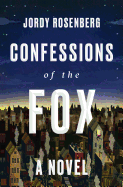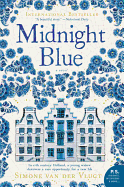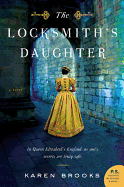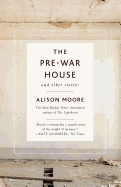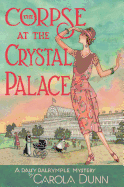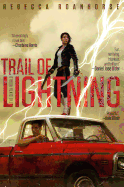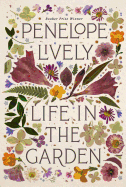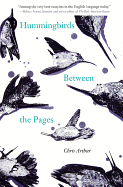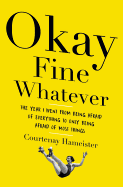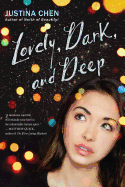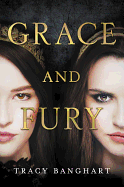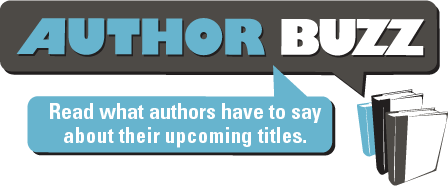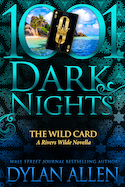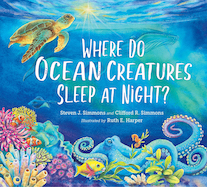 |
| photo: Stephen Brooks |
Karen Brooks, the author of nine novels, is an Australian academic, a newspaper columnist and a social commentator. She lives in Hobart, Tasmania. Her new book, The Locksmith's Daughter
(Morrow, $16.99), is reviewed below.
You have said the more you write about the past, the more you understand you also are writing about the present. The Locksmith's Daughter takes place between 1580 and 1582, during the reign of Elizabeth I, but contains parallels with today's world.
I knew this novel would have a strong theme of secrets, those that the ruling classes keep from the people as well as the deepest, most personal truths we hide from others and ourselves. What I didn't expect was how religious persecution would resonate so strongly with what is happening today. In the late 1500s, religious persecution was based on fear and misunderstanding, and it created suspicion, division and guilt by association. The adage plus ça change (the more things change, the more they stay the same) is, sadly, so true.
Your inspiration for this novel came after your husband broke a key in his car's ignition and you were watching the locksmith repair the damage and craft a new key.
Yes! While Bruce (the locksmith) worked, I asked about his training, and he shared his excitement about locks and keys. As I drove home, a story formed about a female lock-pick. The idea of the symbolism of locks to secrets fell into place during my research.
Many characters in The Locksmith's Daughter are real historical figures, including Sir Francis Walsingham, Queen Elizabeth's spymaster. Does he hold a particular fascination for you?
Walsingham often seems misunderstood, especially given the context of the times he lived in. That isn't to say he wasn't cruel, and it doesn't justify his actions in the name of religious dogma and unbending righteousness, but he protected the queen while making many personal sacrifices. I tried taking that notion as far as I could without condoning or excusing him. I wanted to show how those in power can excuse their appalling actions as being in the best interest of the rulers and their subjects. Also, everything in the book is, to the best of my ability, accurate, and there for a reason. There's nothing that happens to my characters that wasn't authentic to the period.
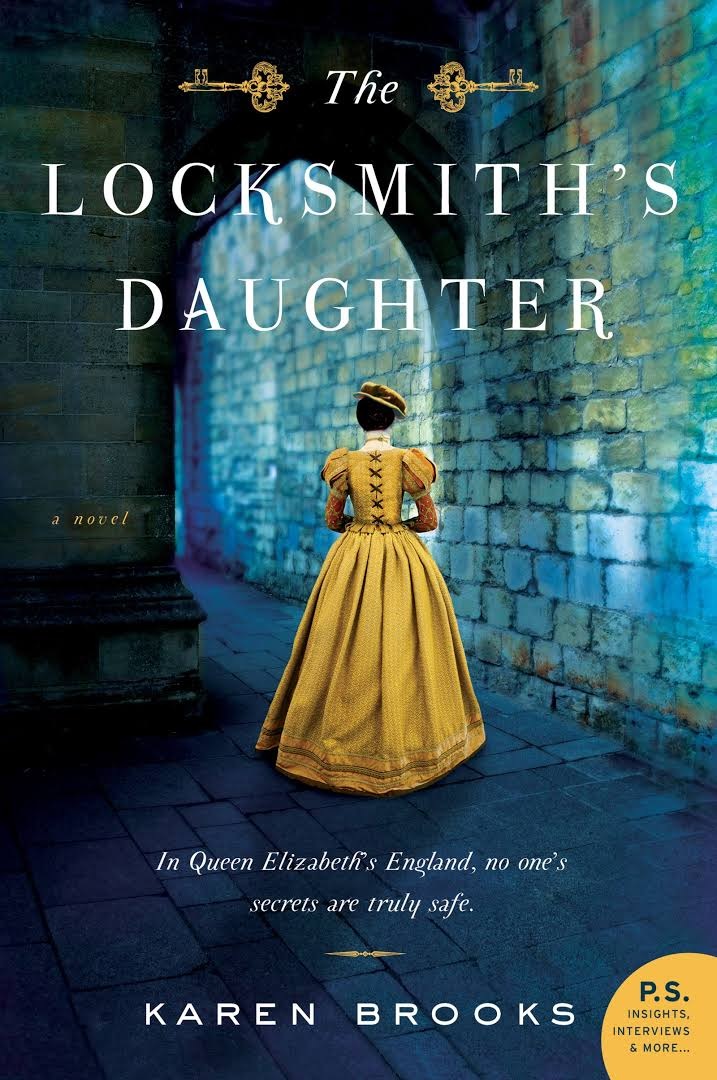 Mallory Bright, one of your fictional characters, often defines herself by her past. She's from the late 1500s but seems contemporary. What lessons does she offer to women today?
Mallory Bright, one of your fictional characters, often defines herself by her past. She's from the late 1500s but seems contemporary. What lessons does she offer to women today?
What a great question. Don't be a victim of circumstances, whether you've created them or had them placed upon you. Be a survivor. She admits her mistakes, owns them and doesn't dodge responsibility for poor decisions and actions. She listens to those with more experience and wisdom. She doesn't always follow their advice, but she respects it. Sometimes we don't acknowledge the wisdom of our elders. We ignore that to our detriment.
You wear many literary hats--author, journalist, book reviewer, social commentator, academic. Have you always known writing would be part of your career path?
A play I wrote was produced at a theater in Sydney when I was 19--that was lovely--but writing was never a serious proposition for me. When I became an academic, I found that I loved research. It's a problem. I never know when to stop. For my novels, I keep comprehensive journals filled with maps from the actual period. They are strewn across the floor, which, much to my husband's chagrin, I crawl across with a magnifying glass. Novel writing happened with the encouragement of my beloved late friend, the author Sara Douglass.
A research trip for The Locksmith's Daughter inspired a new novel. Can you talk about that yet?
Yes! When I visited Hampton Court, one of Elizabeth I's residences and the home where she was initially raised, I stumbled upon a chocolate kitchen. A chocolate kitchen! Back then, chocolate was a popular yet rather naughty drink--an aphrodisiac, but one with negative religious connotations. I found this amazing connection between the free press, drinking chocolate, government conspiracies, war and more.
From all this arose The Chocolate Maker's Wife, set during the hedonistic 1660s, [a period that] marked the beginning of journalism and terrible religious discord--again. Women were finding a new place in society, literacy was increasing and many people were unhappy with their new, exiled but very naughty and decadent king. The people's discontentment was voiced in London's new coffee and chocolate houses, where the government sent spies to uncover treasonous plots and illegal printing presses that they accused--believe it or not--of printing "false news." Yes, that was a term even in the 1660s when people loved their coffee, chocolate, politics and news.
Now, what was that I was saying earlier about
plus ça change? --
Melissa Firman
Karen Brooks: Unlocking the Past to Understand the Present
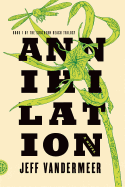 On the other hand, there are movies and shows that depart so significantly from the books that inspired them that they seem like entirely separate visions. I generally favor this approach, because it allows for writers and filmmakers to do more than re-create a story I've already read. For a recent example, see the film adaptation of Annihilation, which incorporated elements from throughout Jeff VanderMeer's bizarre Southern Reach trilogy, along with entirely new ideas, to create an opaque, visually stunning puzzle. The television version of The Magicians (Penguin Books, $17) is a less demanding watch, but it also significantly remixes the source material to the point that fans of the book series had more than a few surprises in store. Going back some decades, Stephen King and many of his fans never approved of the film version of The Shining (Anchor, $8.99), which cut huge chunks of the book and conformed to director Stanley Kubrick's signature chilly style.
On the other hand, there are movies and shows that depart so significantly from the books that inspired them that they seem like entirely separate visions. I generally favor this approach, because it allows for writers and filmmakers to do more than re-create a story I've already read. For a recent example, see the film adaptation of Annihilation, which incorporated elements from throughout Jeff VanderMeer's bizarre Southern Reach trilogy, along with entirely new ideas, to create an opaque, visually stunning puzzle. The television version of The Magicians (Penguin Books, $17) is a less demanding watch, but it also significantly remixes the source material to the point that fans of the book series had more than a few surprises in store. Going back some decades, Stephen King and many of his fans never approved of the film version of The Shining (Anchor, $8.99), which cut huge chunks of the book and conformed to director Stanley Kubrick's signature chilly style.





 Mallory Bright, one of your fictional characters, often defines herself by her past. She's from the late 1500s but seems contemporary. What lessons does she offer to women today?
Mallory Bright, one of your fictional characters, often defines herself by her past. She's from the late 1500s but seems contemporary. What lessons does she offer to women today? 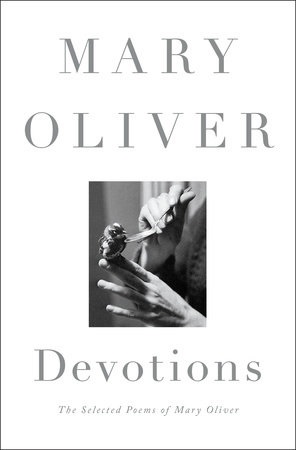 As July slips to August, and midsummer fades to late, Mary Oliver's musings in "The Summer Day" spring to mind. As the poet ponders a grasshopper in her hand, wider wonders surface: "Who made the world? Who made the swan, and the black bear?" The grasshopper hops away, and its simple life subsumes the need for complex categorization: "I don't know exactly what a prayer is. I do know how to pay attention, how to fall down into the grass." At last, she reflects on the waning day spent in that field, in nature, and famously asks if it was time well spent: "Tell me, what else should I have done? Doesn't everything die at last, and too soon? Tell me, what is it you plan to do/ With your one wild and precious life?"
As July slips to August, and midsummer fades to late, Mary Oliver's musings in "The Summer Day" spring to mind. As the poet ponders a grasshopper in her hand, wider wonders surface: "Who made the world? Who made the swan, and the black bear?" The grasshopper hops away, and its simple life subsumes the need for complex categorization: "I don't know exactly what a prayer is. I do know how to pay attention, how to fall down into the grass." At last, she reflects on the waning day spent in that field, in nature, and famously asks if it was time well spent: "Tell me, what else should I have done? Doesn't everything die at last, and too soon? Tell me, what is it you plan to do/ With your one wild and precious life?"